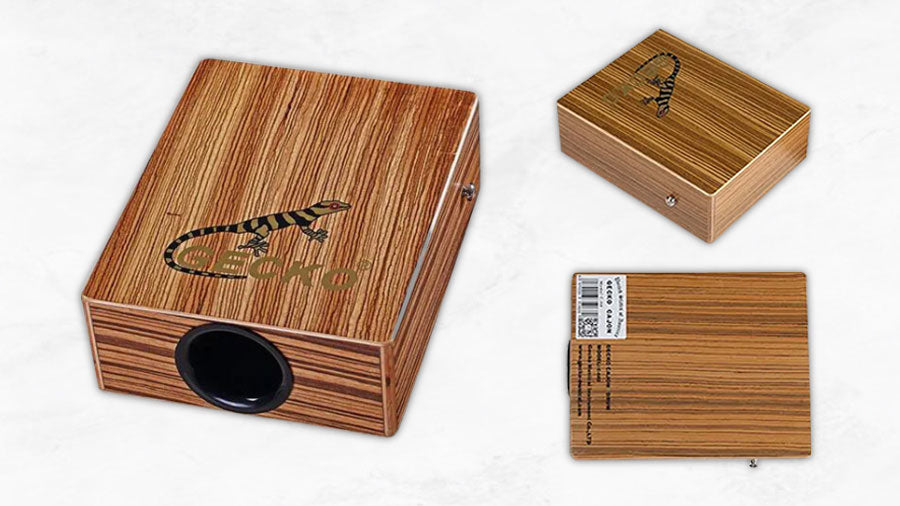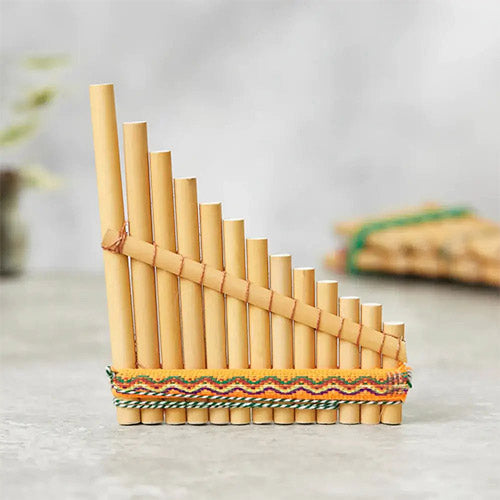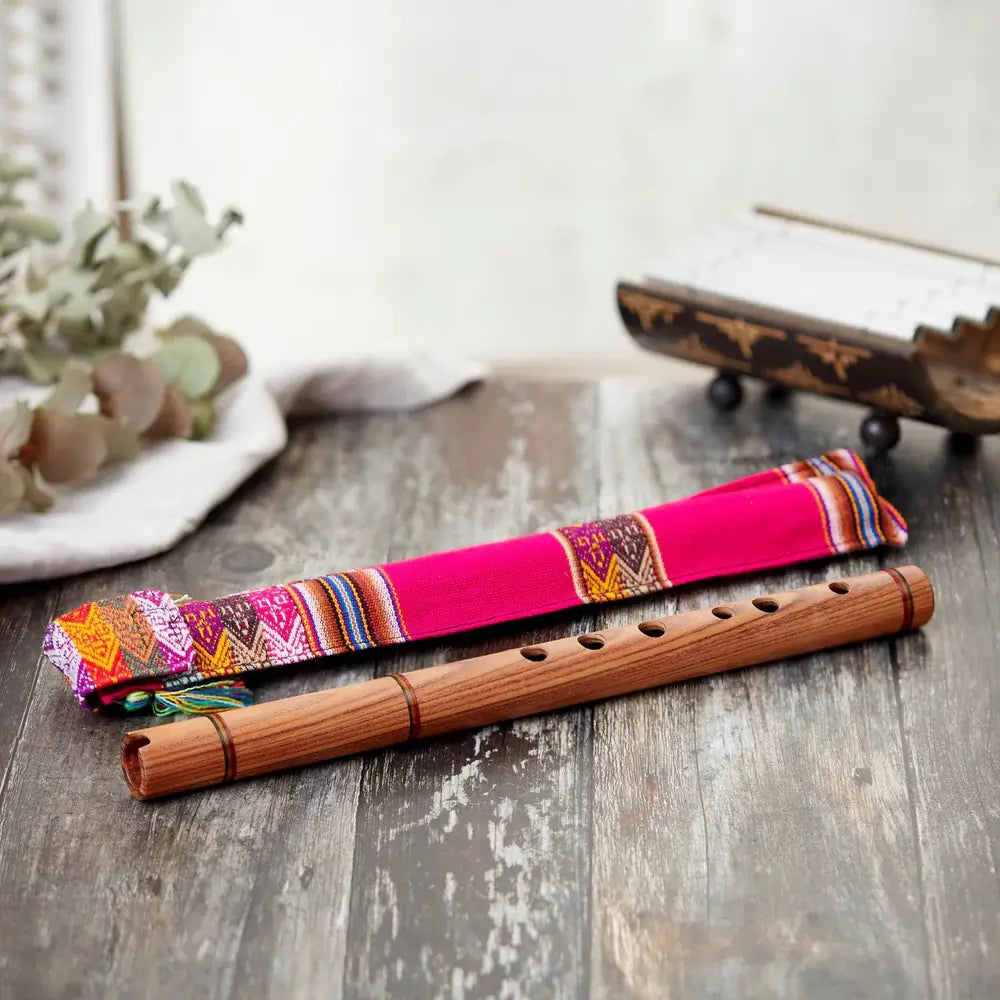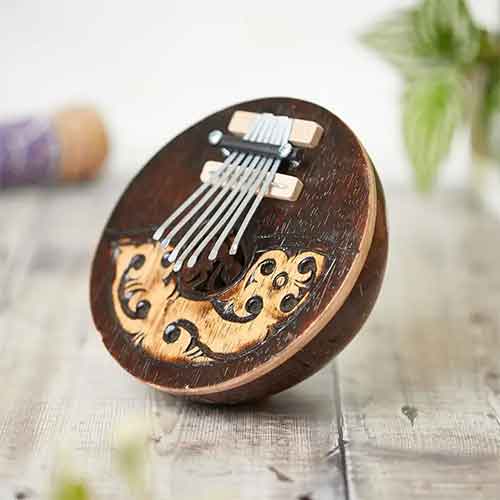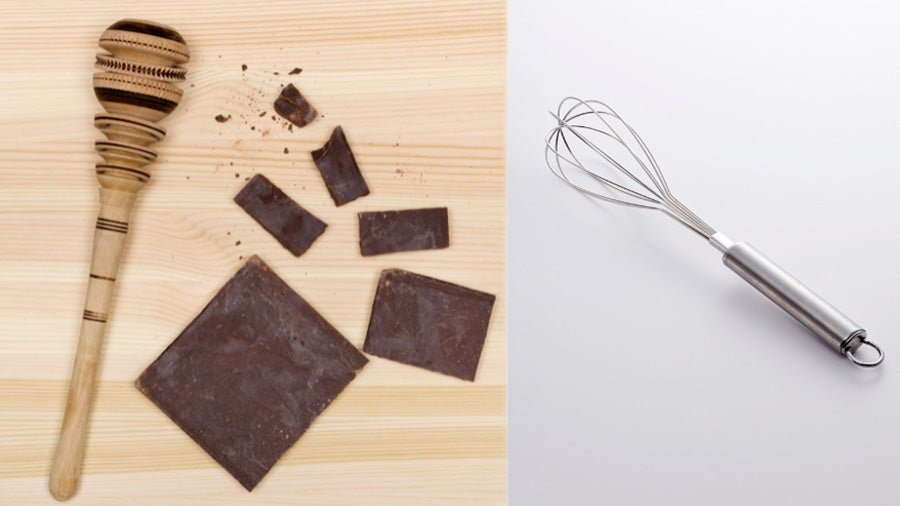Are you a musician constantly on the go, searching for a lightweight instrument that doesn't compromise sound quality? Look no further than the zebra wood Gecko Portable Cajon. This percussion instrument offers stunning aesthetics and exceptional performance. In this comprehensive guide, we will explore the features, benefits, and techniques to master the Gecko Portable Cajon.
Features and Design
The Gecko Portable Cajon is for musicians who are always on the move. It has a compact and lightweight design, making it the perfect companion for travelling musicians. Crafted from engineered zebra wood, this Cajon drum box not only looks visually appealing with its brown colour and striped pattern, but it also offers a unique texture that enhances the playing experience.
What sets the Gecko Portable Cajon apart is its innovative buzz-like effect created by the steel strings inside. These strings add a tone to your music, providing a distinctive sound that sets this cajon apart from others in the market. Additionally, the non-toxic varnish finish ensures durability while maintaining the instrument's natural beauty.
Portable Convenience
The Gecko Portable Cajon has a drum strap and a carrying bag, making it effortless to transport and store. The drum strap not only allows for comfortable performances but also adds to the overall stability of the instrument. The carrying bag protects against dust and scratches, ensuring your Gecko Cajon remains pristine wherever your musical journey takes you.
Playing Techniques
Mastering the Gecko Portable Cajon requires an understanding of various playing techniques. Let's explore some of the fundamental techniques that will help you unleash the full potential of this versatile instrument.
1. Basic Hand Techniques
To begin, position the Gecko Cajon between your legs and sit comfortably. Start by using your hands to strike the playing surface, the front plate. Experiment with different hand positions and pressures to create a range of sounds. You can use your fingertips for a sharp and percussive sound or the palm of your hand for a more resonant tone.
2. Finger Rolls
Finger rolls are a popular technique for creating rhythmic patterns on the Gecko Cajon. To perform a finger roll, lightly strike the front plate with your fingers and quickly roll them across the surface. This technique adds a dynamic and lively element to your playing, allowing you to create complex rhythms.
3. Slaps and Taps
Slaps and taps are percussive techniques that add accents and dynamics to your playing. To perform a slap, use the side of your hand to strike the front plate forcefully. This technique produces a sharp and explosive sound. Taps, on the other hand, involve using your fingertips to hit the front plate lightly, creating a softer and more delicate sound.
4. Bass Tones
Bass tones are produced by striking the centre of the front plate with your open hand. This technique creates a deep and resonant sound, adding a solid foundation to your rhythms. Experiment with different pressures and hand positions to achieve the desired tone and volume.
Where to buy the Gecko Cajon?

We love the portable Gecko Cajon because of its simplistic compact design. Most cajons are very heavy and are not suitable for on-the-go use. This Zebrawood cajon is stunning with its striped pattern, it comes complete with a neck strap and a protective case. You can buy the Gecko portable cajon.
Portable Gecko Cajon (Frequently asked questions)
Where are gecko cajons made?
Cajons and kalimbas made by the company Gecko are made in China.
What is the world's best cajon?
The best is subjective but here are some of the best rated cajon drums include but are not limited to Nino by Meinl Cajon, Pearl BOOM BOX Fiberglass Ported Chamber Cajon, Roland EC-10 Electronic Layered Cajon, Schlagwerk X-One Nature Cajon, Meinl Custom Jumbo Bass Cajon, Meinl 'Make Your Own' Cajon Construction Kit, Meinl Pickup Turbo Slaptop Cajon, WHD Portable Angled Cajon.
How do you know if a cajon is good?
Consider the quality by examining materials and joints. Enhanced quality materials, notably employing higher density hardwoods, coupled with thicker sides, top, and base, result in superior sound. Contrary to certain opinions, a higher quality front panel (tapa) significantly enhances sound, particularly during slap strokes.
What is the price of the portable Gecko Cajon?
These portable Cajon's range from £60 - £70 depending on where you purchase them from.
Can you sit on a cajon drum?
You can sit on most cajon drums but you would definitely not want to sit on this one as it is slightly more fragile than others.
Up Next: How to choose a Djembe drum?

